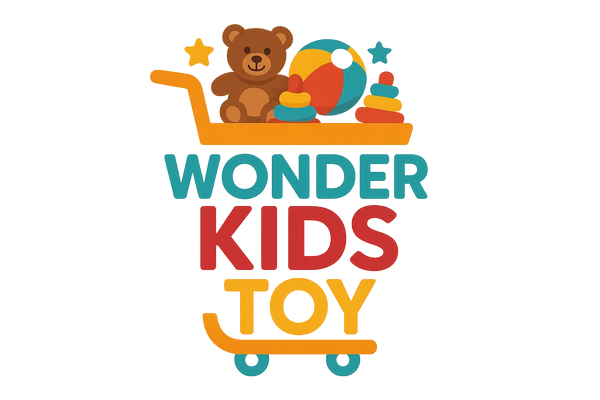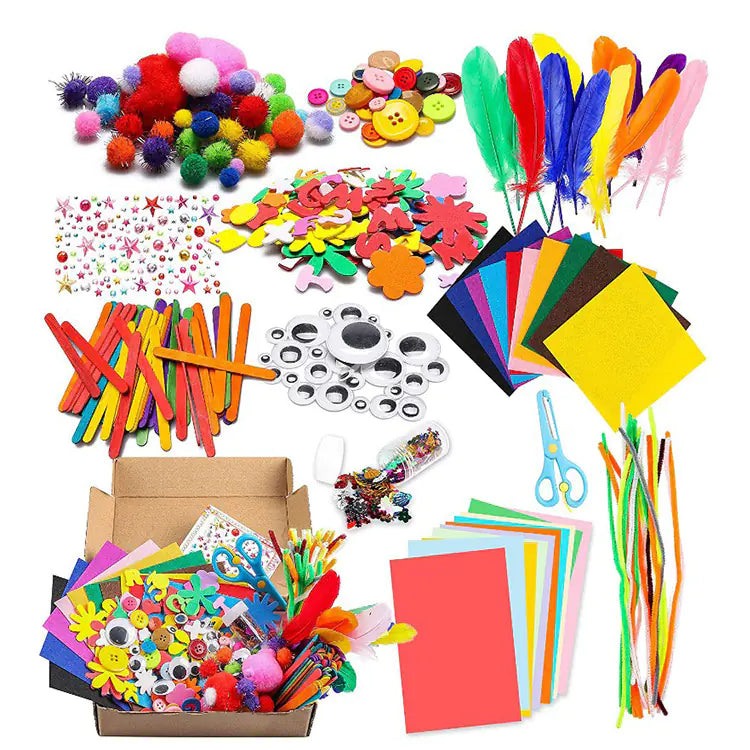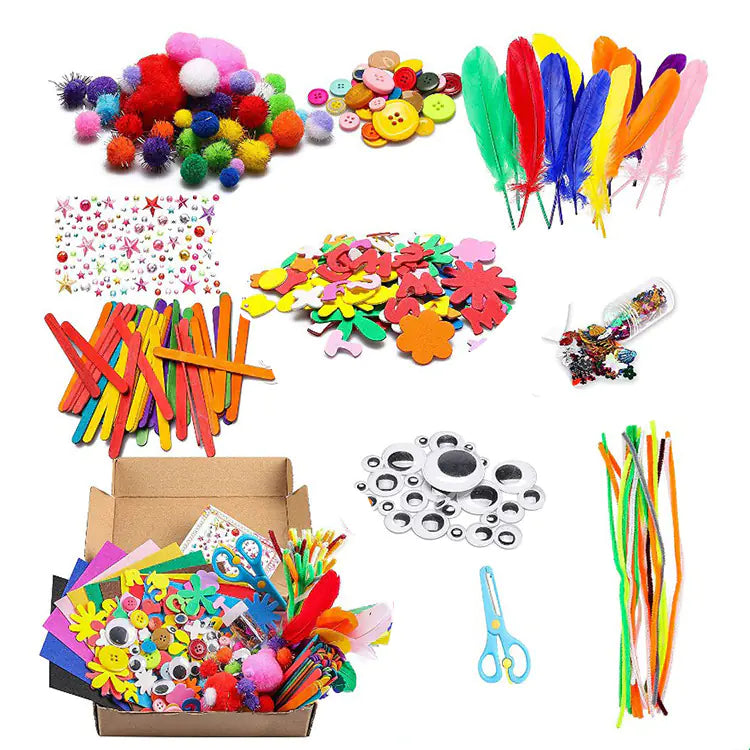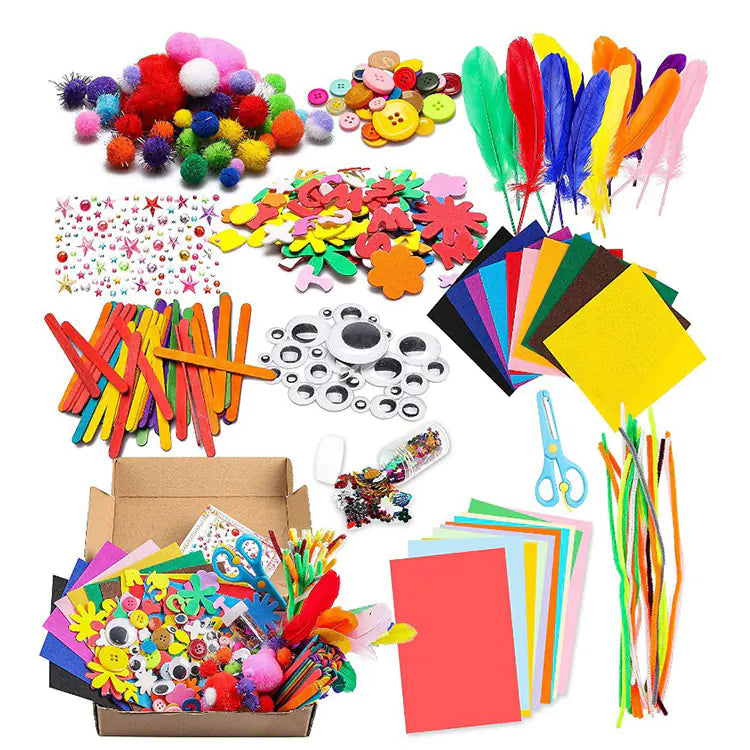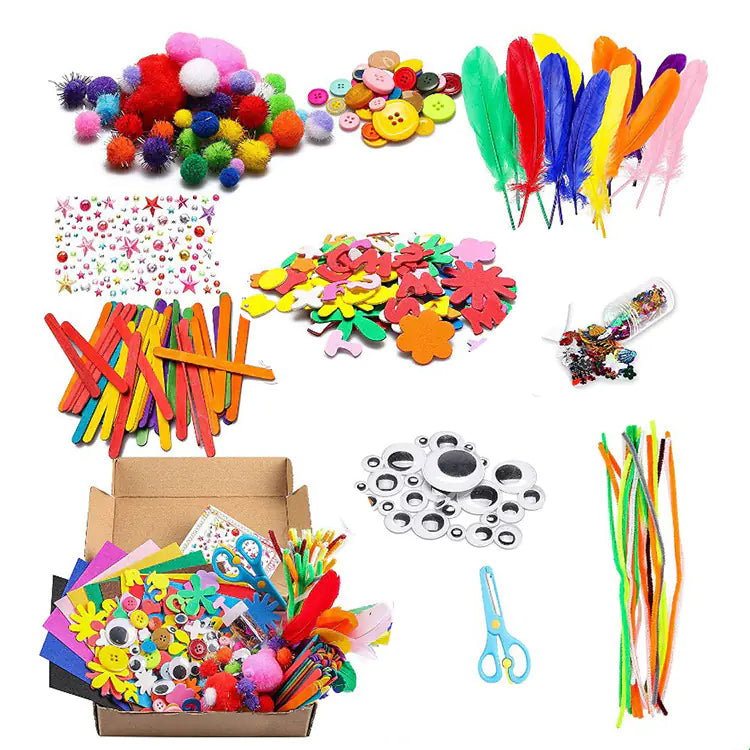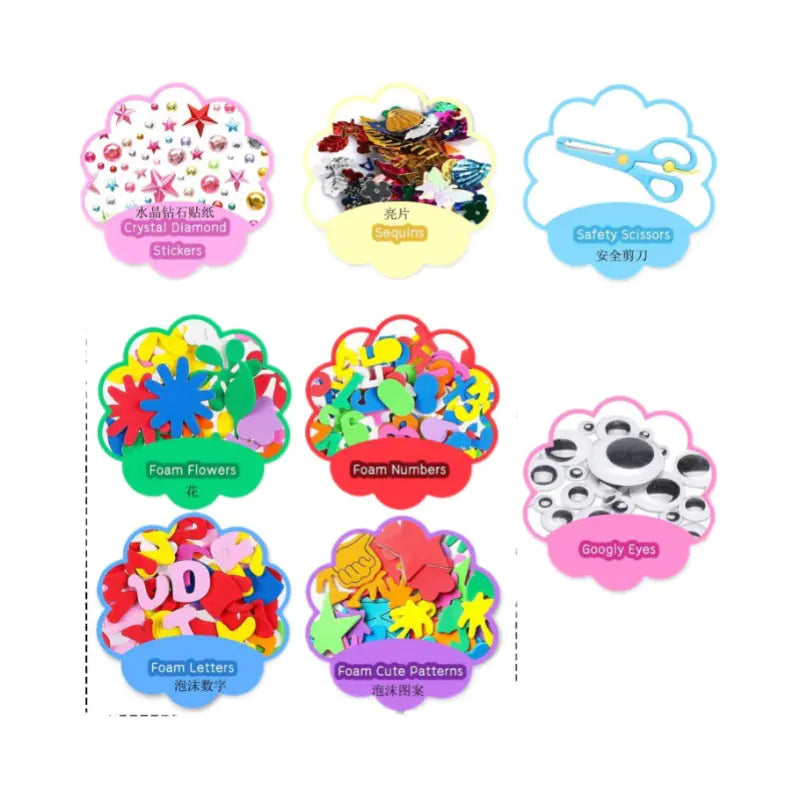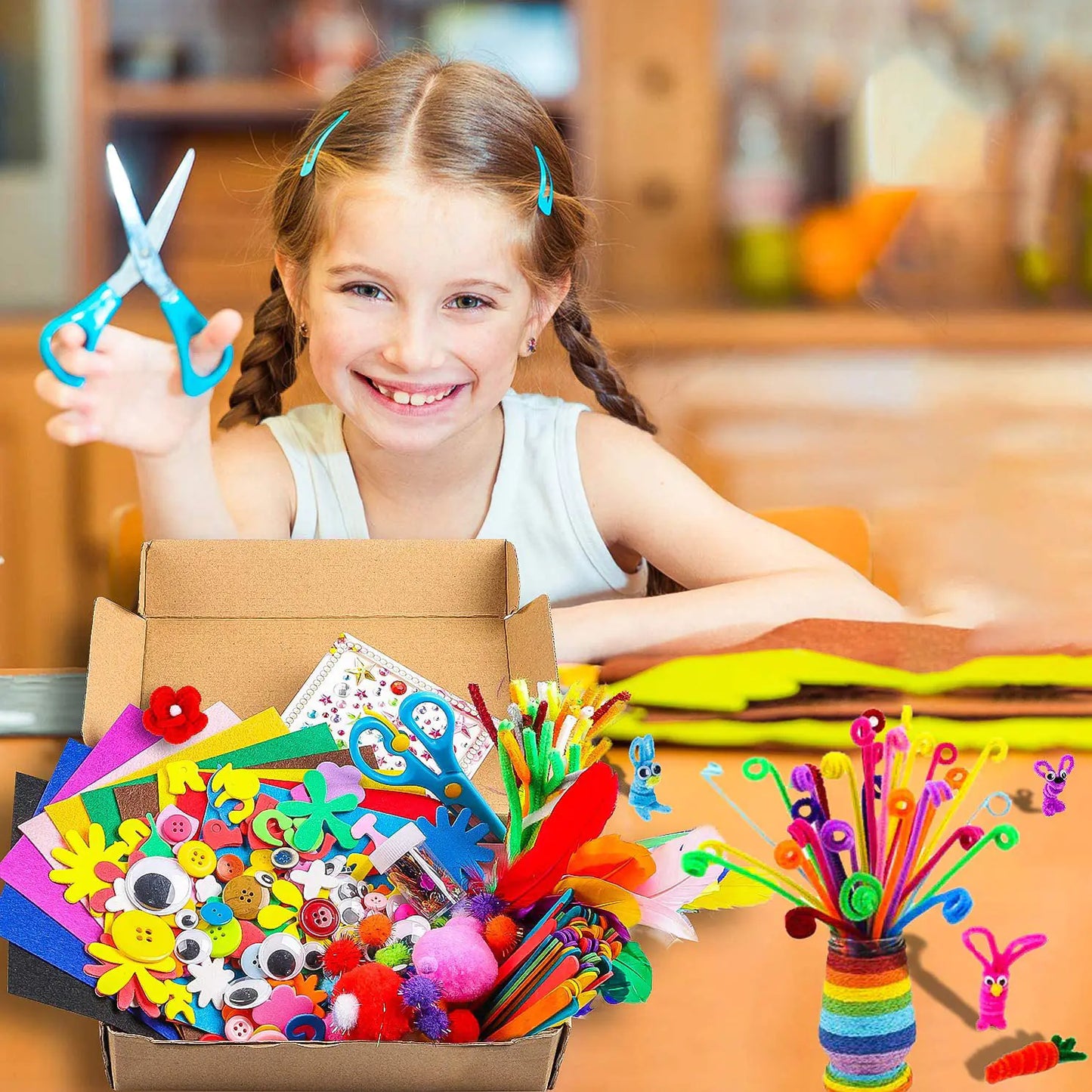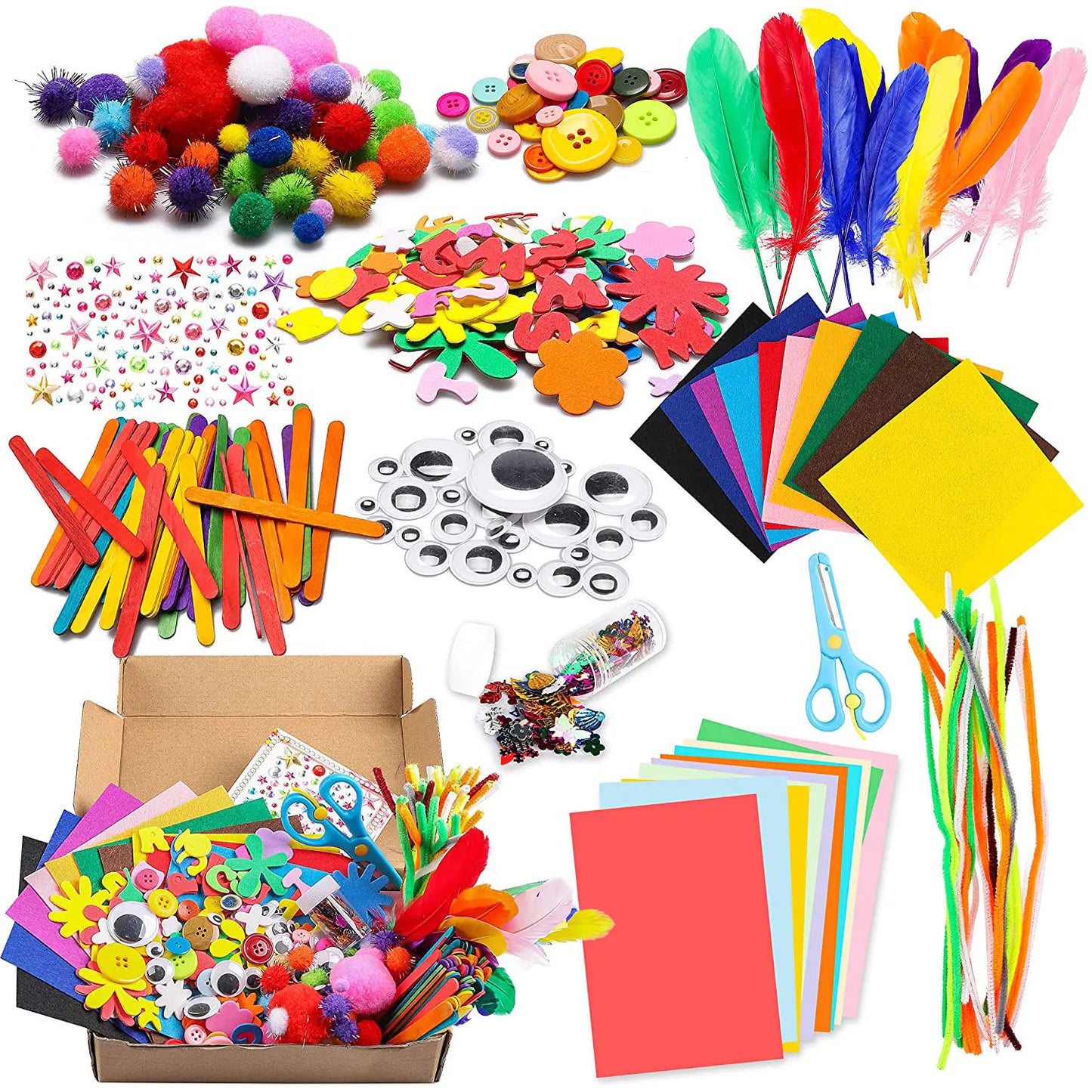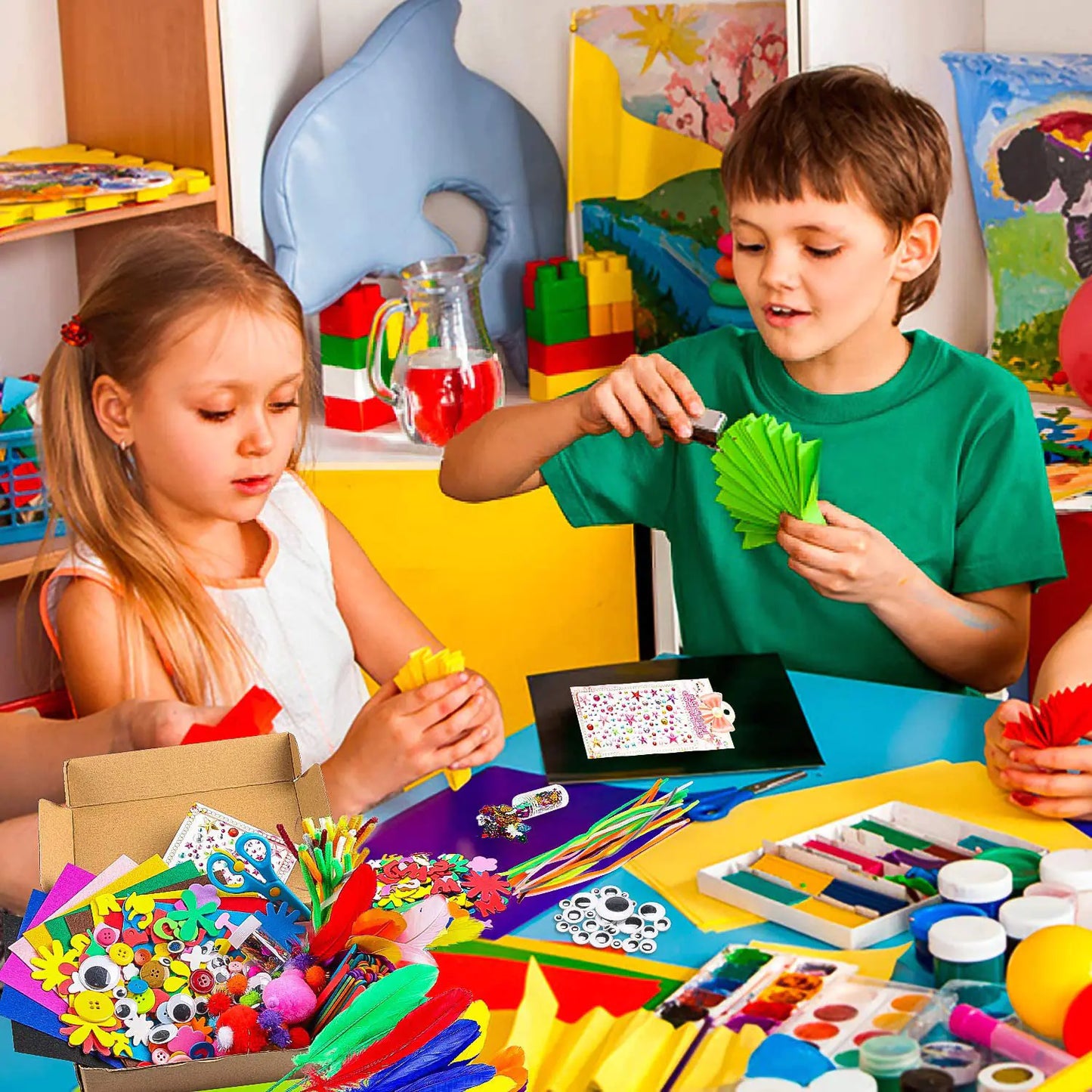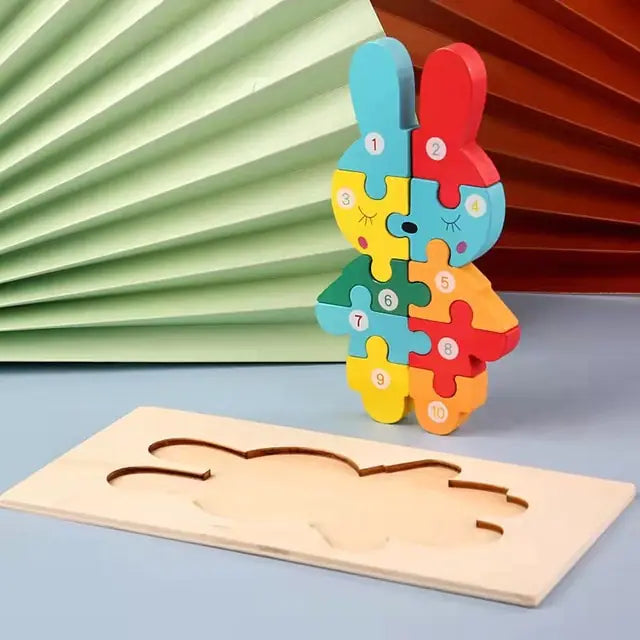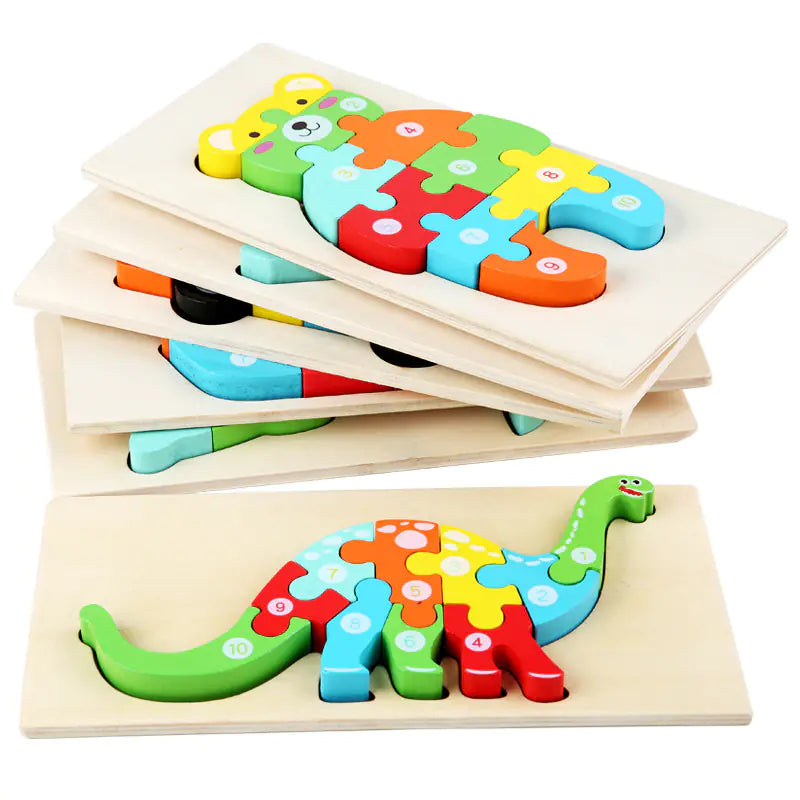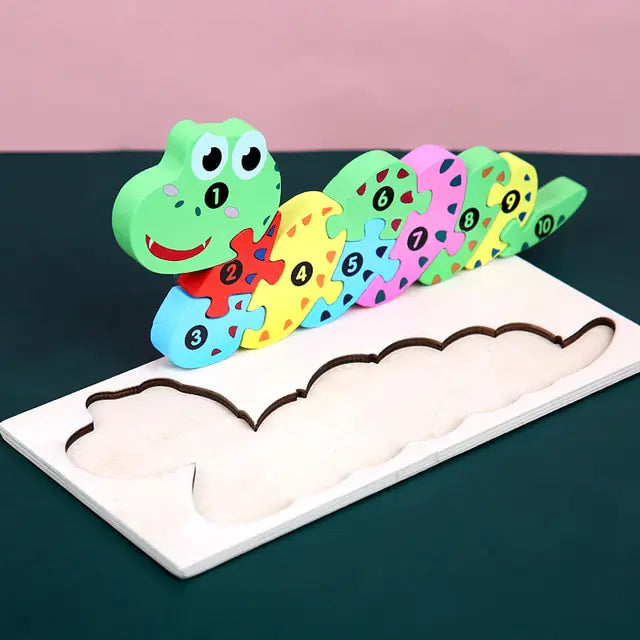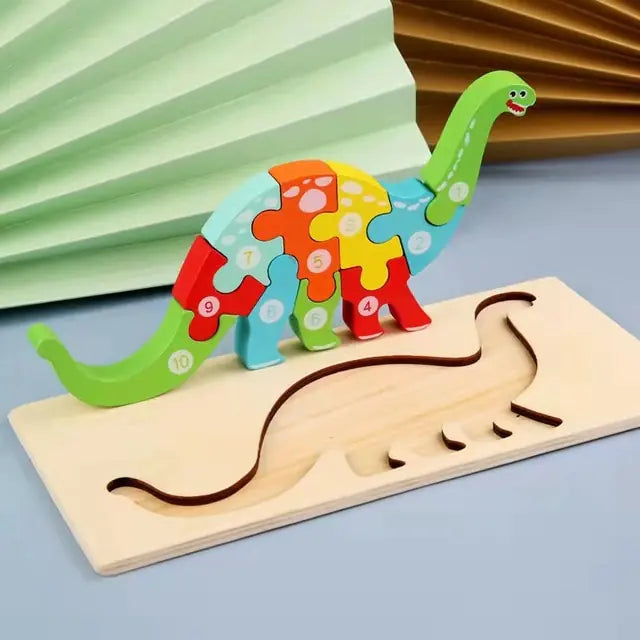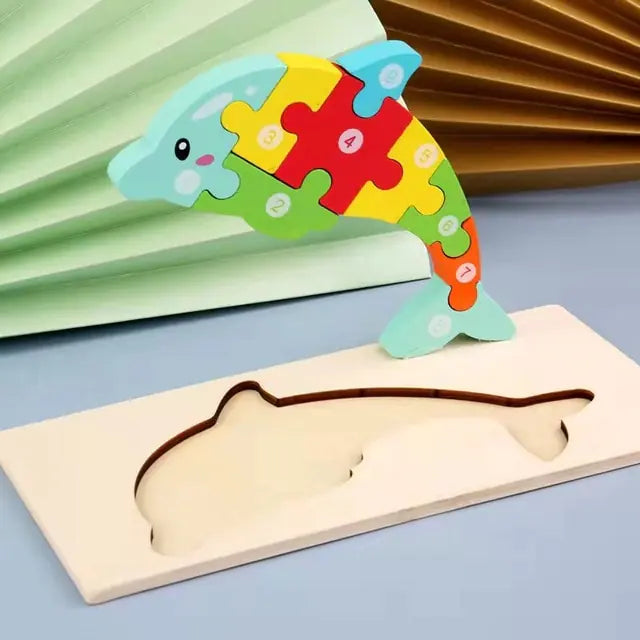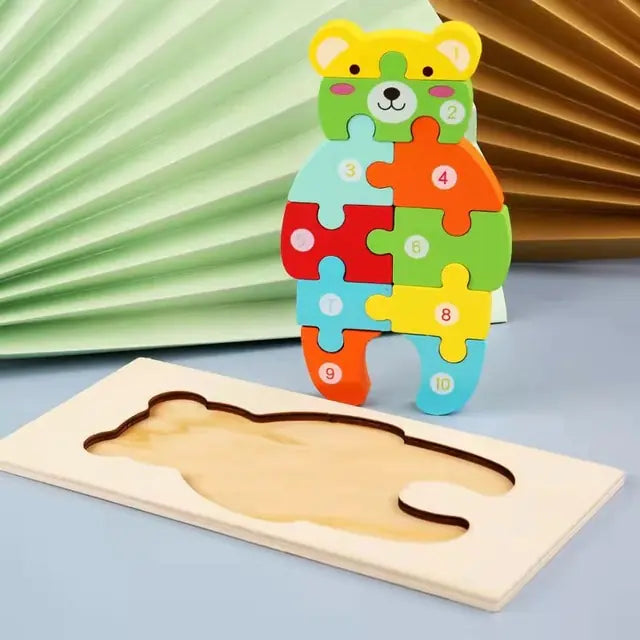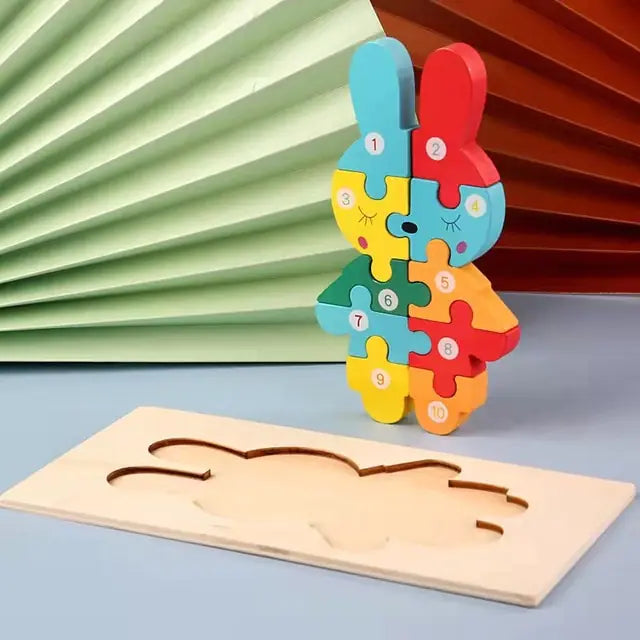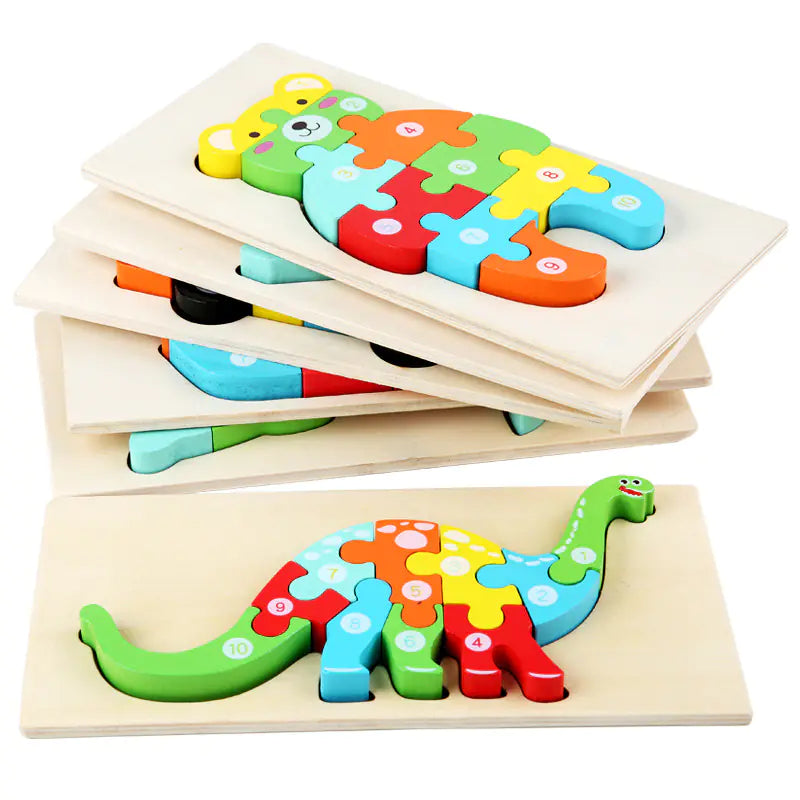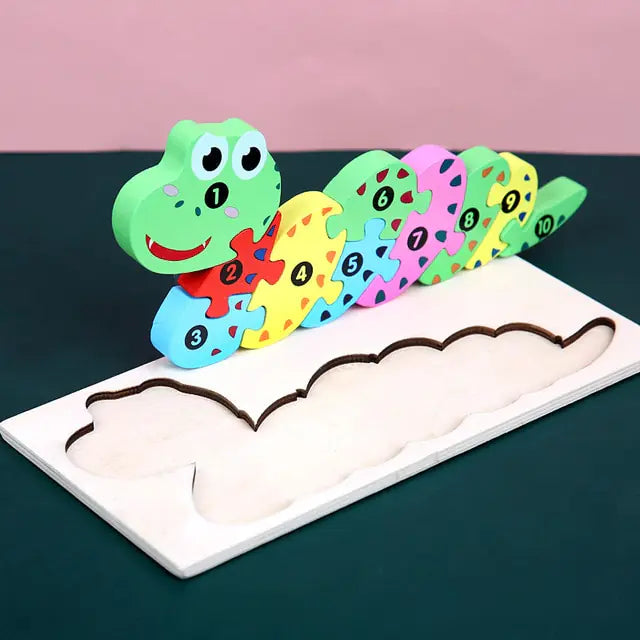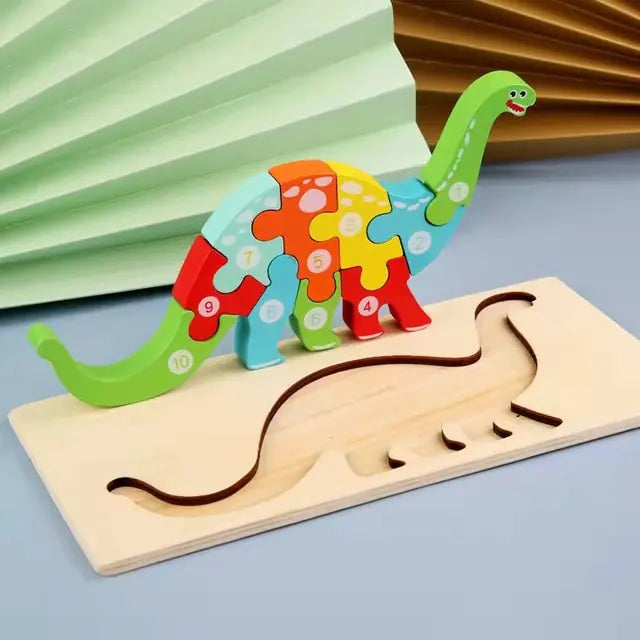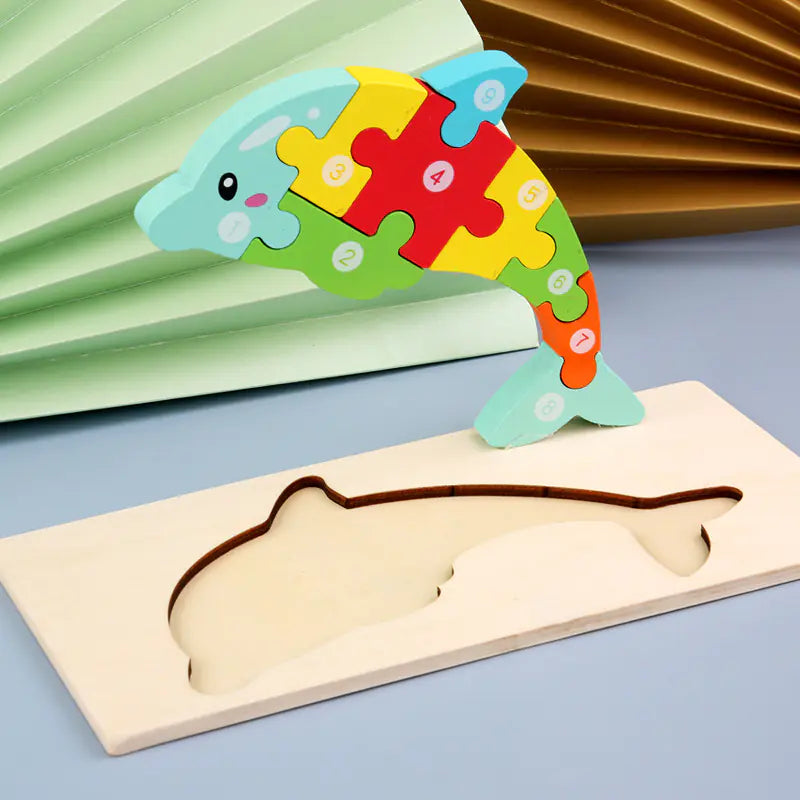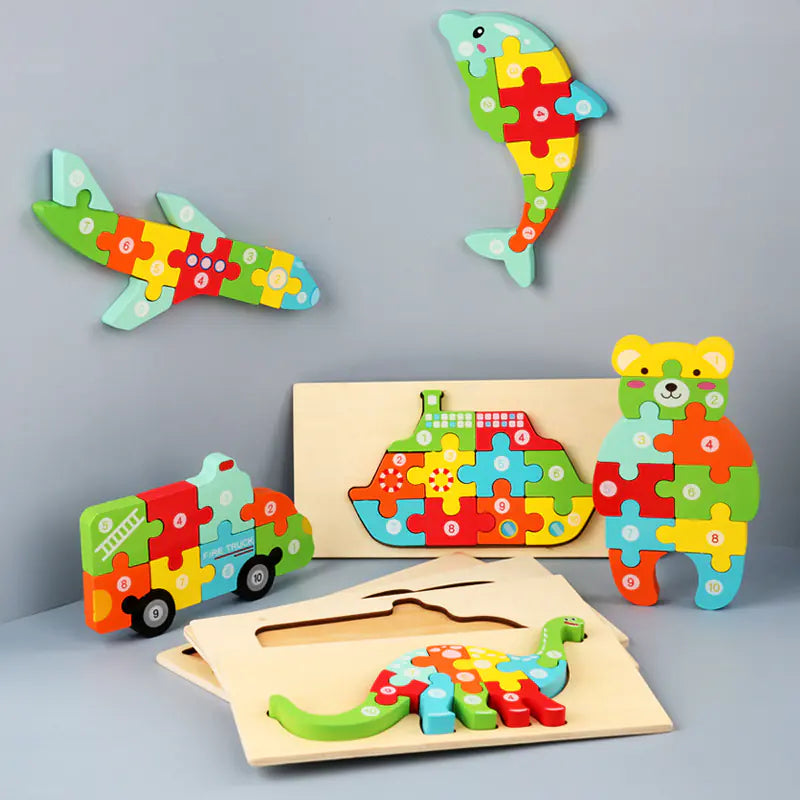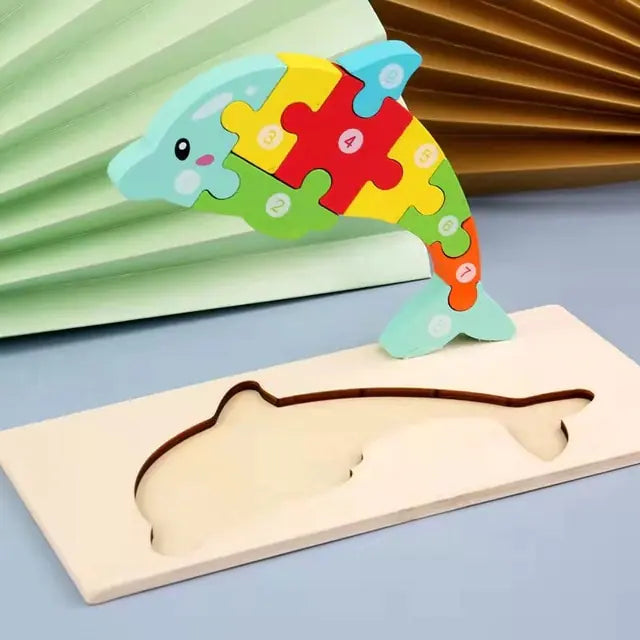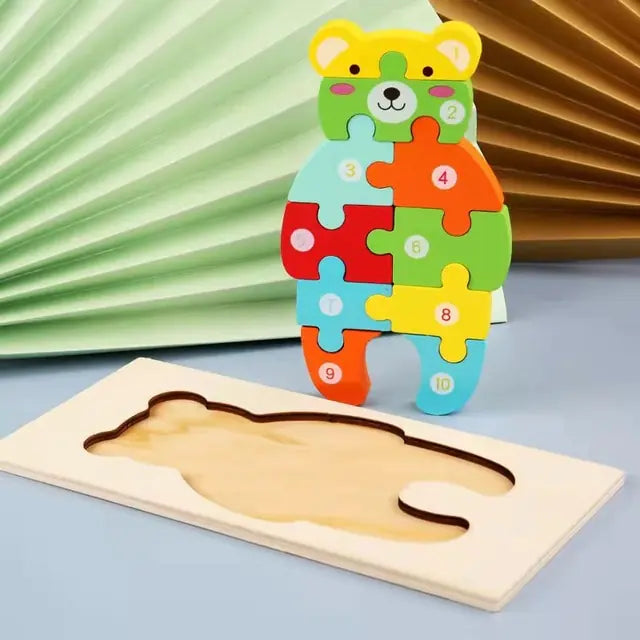Puppets have long been cherished in educational play, captivating children and adults through their imaginative charm. Beyond entertainment, puppetry is a dynamic educational tool that fosters interactive storytelling. By bringing characters to life, puppets engage young audiences in ways that spark creativity and enrich language skills. This article delves into puppets' diverse roles in storytelling, from creating characters to mastering puppetry techniques and how they seamlessly fit into traditional and digital narrative formats.
Using puppets in storytelling opens up a world of creative possibilities. Children can invent characters, animate them through puppetry, and explore diverse narratives. This hands-on approach entertains and enhances cognitive development by encouraging imaginative thinking and language proficiency. In classrooms, theaters, or at home, puppets facilitate active learning and empower children to express themselves through storytelling.
Each type of puppet offers unique ways to engage young minds, from finger puppets to elaborate marionettes. They are versatile tools for educators and parents, bridging entertainment with educational objectives. By integrating puppets into storytelling sessions, adults can inspire children to develop communication skills, empathy, and a deeper appreciation for narrative art. Puppetry remains a timeless tradition that continues to captivate and educate across generations.
The Magic of Puppets in Storytelling

Why Puppets Capture Children's Imagination
I've seen firsthand how puppets can spark a child's imagination like nothing else. Their ability to act out different characters and scenarios is not just fun but potent educational activity. Puppets create a sense of wonder, allowing kids to explore new worlds and ideas playfully.
Puppets aren't just for watching; they invite interaction and encourage kids to create dialogues and stories of their own. This active participation enhances their comprehension and listening skills.
Puppets serve as a gateway to a world where learning and play intersect, fostering creativity and imagination in our little ones.
Here's why I believe every child should have the chance to play with puppets:
- They encourage creative storytelling and improvisation.
- Puppets make abstract concepts tangible for children.
- They support language development and literacy skills.
- Puppets provide a non-threatening way to express emotions.
As a parent, I'm always looking for toys that provide more than just entertainment. Puppets are a treasure trove of developmental benefits, making them a brilliant addition to any child's playtime repertoire.
The Role of Puppets in Enhancing Comprehension
I've seen firsthand how puppets can transform storytime into an interactive experience that boosts children's understanding. Puppets bridge the story and the child, making the narrative more relatable and accessible. When a puppet 'speaks,' kids listen more intently, and this active listening enhances their comprehension.
Puppets aren't just for show; they're powerful educational allies. Acting out scenes helps children visualize the story, which is crucial for memory retention and understanding complex concepts. Here's a simple list of ways puppets can aid comprehension during storytime:
- Encouraging questions and answers to clarify story points
- Demonstrating cause and effect through puppet actions
- Reinforcing vocabulary by repeating critical terms in a fun context
Remember, the goal is to make learning enjoyable. Puppets add an element of play that can turn a reading task into an adventure.
So, consider bringing a puppet along next time you read to your little ones. Turning a passive listener into an engaged, comprehending participant might make all the difference.
Puppets as a Gateway to Interactive Learning
I've seen firsthand how puppets can open up a world of interactive learning for kids. They're not just toys; they're partners in storytelling that encourage our little ones to engage with the narrative. Puppets act as characters, each with their voices and quirks, which helps children understand and remember the story better.
Why are puppets so effective? Here's a quick list:
- They spark imagination, letting kids create their own stories.
- Puppets make learning playful, which improves retention.
- They encourage kids to express themselves and build language skills.
Puppets transform reading from a solitary activity into a lively, shared experience.
And let's not forget that using puppets to tell stories isn't just beneficial for literacy. It's a fun way to teach lessons about emotions, social skills, and problem-solving. So, next time you're picking out educational toys, consider adding some charismatic puppets to the mix. Your kids will love the interactive play, and you'll love watching their imaginations soar.
Crafting Characters with Puppets

Bringing Stories to Life with Hand Puppets
I've found that hand puppets are like a secret superpower in storytelling. They're not just toys; they're characters that jump right out of the storybook and into our world. With a wiggle of fingers, a puppet can express emotions, engage in dialogue, and captivate the hearts of little listeners. It's amazing to watch kids light up as they see their favorite tales unfold in a more tangible, interactive way.
Why are hand puppets so effective? Here's a quick list of their magical benefits:
- They encourage children to focus and pay attention.
- Puppets make storytime a dynamic experience.
- Kids learn to express themselves by giving voice to puppet characters.
- They foster a love for reading as stories become more memorable.
Remember, the key is to let your imagination lead the way. There's no right or wrong when it comes to puppet play – every movement, every voice you create, makes the story uniquely yours.
And it's not just about the fun; using hand puppets can also be a stepping stone to developing early literacy skills. As kids get involved in storytelling, they practice language, learn new words, and understand the rhythm of a narrative. So, grab a hand puppet and watch the magic happen next time you pick up a storybook.
Creating Personalities with Finger Puppets
I've discovered that the simplest things can spark the most joy in my kids, especially in storytelling. Finger puppets have become a staple in our home for this very reason. With just a few small gestures, each puppet transforms into a character with its voice and personality, captivating my little ones' attention.
It's all about the details when creating these miniature friends. A tiny hat, a drawn-on scar, or even a distinct voice can make all the difference. Here's a quick guide to get you started:
- Draw faces on your fingertips or cut off fingers from an old glove and decorate them.
- Use small accessories like cloth for a cape or a rubber band for a headband.
- Give each puppet a unique voice to match its character.
Remember, the goal is to make storytime interactive and fun. Encourage your kids to join in and create their own puppet personalities. It's a fantastic way to boost their creativity and narrative skills.
The beauty of finger puppets lies in their simplicity and the endless possibilities for imaginative play. By introducing these tiny actors into your storytelling, you're not just entertaining your children; you're helping them build a foundation for literacy and a love for reading that will last a lifetime.
Using Costumes to Amplify Puppet Characters
I've found that dressing up my puppets is more than just fun—it's a transformative experience for both the puppets and the kids. Costumes can turn a simple puppet into a vibrant character, each with their own stories and quirks. It's like they're ready to jump into a game of make-believe, inviting children to explore new worlds.
Games with puppets aren't just entertaining; they're a treasure trove of educational benefits. By swapping out costumes, kids learn about different roles and cultures, expanding their horizons in the most playful way possible.
When I see a child's eyes light up as a puppet dons a firefighter's hat or a ballerina's tutu, I know a seed of curiosity has been planted.
Here's a quick list of costume ideas to get you started:
- A detective's coat and hat for mystery tales
- A cape and mask for superhero adventures
- A lab coat for science-themed stories
- Historical outfits for lessons on the past
Remember, keeping it interactive and letting the kids' imaginations run wild is critical. The more they engage, the more they learn—and isn't that what we're all here for?
Puppetry Techniques for Engaging Narratives

Voice Modulation and Puppet Movement
When I bring out the puppets during storytime, I can see the excitement light up in my kids' eyes. It's not just about the colorful characters; how they move and speak truly captivates them. Voice modulation is critical in making each puppet feel alive and unique. By changing my pitch, pace, and tone, I can transform a single puppet into many characters, each with their own personality.
But it's not all about the voice. The way a puppet moves can tell a story all on its own. Smooth, flowing movements can create a calming presence, while sharp, quick motions convey excitement or urgency. It's a dance between voice and movement that brings the narrative to life in a way that's engaging and, most importantly, fun for the kids.
Remember, the goal is to make the story as interactive as possible. Encourage your children to guess what the puppet might do next or how it might respond to different scenarios. This not only keeps them engaged but also enhances their comprehension and anticipation skills.
Here's a quick list of tips to get you started:
- Experiment with different voices for each character.
- Use your hands to express the puppet's emotions.
- Involve the puppet in interactive questions and answers.
- Let the puppet's movement reflect the mood of the story.
Educational toys like puppets entertain and play a crucial role in developing language skills and social communication. So next time you pick up a puppet, remember: You're not just telling a story but opening a door to a world of learning and imagination.
Incorporating Props and Scenery
When I engage in storytelling with my kids, I've found that the world around the puppets is just as important as the characters themselves. Props and scenery can transform a simple story into an immersive experience. It's not just about the puppets; it's about where they are and what they're interacting with. A cardboard box becomes a castle, a blue scarf turns into a flowing river, and suddenly, we're not just telling a story; we're living it.
Props don't have to be fancy or expensive. I often encourage my kids to use natural objects like rocks and leaves, or we craft our own from household items. Here's a quick list of easy-to-find items that can elevate your puppet show:
- Colorful fabric scraps for landscapes
- Shoeboxes for buildings or vehicles
- Paper cut-outs for additional characters or animals
- Everyday items like spoons or blocks represent different objects
By incorporating these elements, we're not just entertaining; we're teaching our kids to see the potential in the simplest things, to be resourceful, and to enhance their creative thinking.
Remember, the goal is to make the story come alive. With a bit of imagination and some basic materials, you can create a theatrical setting that captivates your audience and supports the narrative. It's a beautiful way to bond with your children while fostering their cognitive and emotional development.
Switching Perspectives for a Fresh Take
I've found that switching perspectives is one of the most exciting ways to spice up storytime. It's like giving your child a new pair of eyes to see their favorite tales in a new light. Imagine a classic story, but this time, it's told from the villain's point of view or perhaps a side character who usually doesn't get much attention. It's not just fun; it's a fantastic way to teach empathy and understanding.
- Why switch perspectives?
- Encourages critical thinking
- Fosters empathy
- Refreshes old stories
By stepping into the shoes of different characters, kids learn to understand and articulate a range of emotions and viewpoints. It's a simple technique that packs a powerful educational punch. And the best part? You don't need fancy props or tools—just your trusty puppets and a bit of creativity.
When we flip the script, we're not just telling a story; we're building a world of understanding, one puppet show at a time.
So, challenge yourself to tell the story from an alternate angle next time you pick up a puppet. You might be surprised at how engaged your little one becomes and how the story grows in depth and meaning. It's a win-win: your child's imagination soars and their emotional intelligence gets boosted too.
Interactive Puppetry for Early Literacy

Storytelling Puppets as Educational Tools
I've seen firsthand how educational toys enhance storytelling for children, sparking their creativity and building language skills. When I choose age-appropriate puppets for my kids, I'm not just picking out a toy; I'm selecting a companion for their cognitive development. Puppets can tell stories themselves or become the characters in a tale, encouraging my little ones to listen and engage actively.
Puppets are more than just playthings; they're catalysts for imagination and learning.
Here's a quick list of ways I incorporate puppets into storytime to maximize their educational value:
- Use puppets to narrate short, simple stories.
- Dress up puppets with costumes to represent different characters.
- Create fun dialogues and scenarios, prompting children to think and respond.
- Encourage kids to act out stories with their puppets, supporting language development.
Remember, the goal is to create interaction and fun dialogue that will benefit your children's literacy development in the early years. It's not just about the story but the shared experience and skills they gain.
Fostering Creativity and Imagination in Young Readers
I've seen firsthand how puppets can spark a world of creativity in kids. When children engage with puppets, they're not just playing but inventing stories, crafting dialogues, and bringing their imagination to life. Puppets serve as a canvas for their budding narratives, allowing them to explore different scenarios and characters in a safe and playful environment.
Puppets encourage kids to express themselves in unique ways, fostering a love for storytelling that can enhance their literacy skills.
Here's a quick list of benefits that puppet play offers for young minds:
- Encourages self-expression and communication
- Builds confidence in storytelling abilities
- Enhances listening and comprehension skills
- Stimulates creative thinking and problem-solving
Remember, the beauty of puppetry lies in its simplicity. You don't need fancy or expensive puppets to get started. A sock, a wooden spoon, or even a couple of blocks can become the main characters of your child's next great adventure. So, let's encourage our little ones to pick up a puppet and dive into the endless possibilities of their imagination.
Puppet Activities to Support Language Development
I've discovered that puppet activities are not just a source of entertainment but a powerful tool for language development in our little ones. Puppets can act out stories, which helps children understand and remember new words and concepts. It's like having a fun, interactive book encouraging kids to participate and practice their language skills.
Interactive books enhance language development and cognitive skills through sensory experiences. They make learning fun, develop motor skills, and promote bonding. Puzzles and games also aid in early learning and development.
Here's a simple activity I love to do with my kids:
- Choose a familiar story or nursery rhyme.
- Assign each character to a different puppet.
- Encourage your child to move the puppets as you read the story aloud.
- Ask questions about the story and let your child use the puppets to answer.
This method not only supports their language development but also boosts their confidence as they become active participants in storytelling. It's a win-win for both fun and learning!
DIY Puppet Making for Storytime

Transforming Old Gloves into Puppet Friends
I've discovered a delightful way to repurpose those old gloves that have been gathering dust in the back of the closet. Turning them into finger puppets is a fun craft activity and a fantastic method to engage kids in storytelling. Here's how I do it:
- Snip off the fingers of the gloves.
- Decorate each 'puppet' with markers, fabric, or whatever creative supplies you have on hand.
- Assign each puppet a character from a favorite story or let the kids invent their own.
By involving children in the creation process, they become more invested in the story you're telling together. It's a hands-on experience that enhances their imagination and keeps them captivated.
The best part? It's an eco-friendly option that saves you a trip to the store and a bit of cash. Plus, it's a beautiful opportunity to teach the little ones about recycling and creativity. So, grab those lonely gloves, and let's give them a new life as cherished characters in your child's next adventure!
Crafting Spoon Puppets for Simple Stories
I've found that spoon puppets are a fantastic way to dive into storytelling with minimal fuss. All you need is a spoon, a marker, and imagination to bring a character to life. It's as simple as drawing a face on the back of a spoon, each representing a different character in your story.
Spoon puppets are not just toys; they're tools that encourage participation and make storytime more dynamic.
Here's a quick guide to get you started:
- Draw a simple face on the underside of a spoon.
- Use different colors or features to distinguish characters.
- Optionally, tape paper cutouts or fabric to the spoon for more detailed characters.
Remember, the goal is to make it fun and engaging for the kids. With spoon puppets, you can easily switch between characters and scenes, keeping the little ones captivated. Plus, it's a great way to repurpose those extra spoons you have lying around. So, grab a spoon and let your creativity take the lead!
Using Natural Objects for Eco-Friendly Puppets
One of the most enchanting ways to spark creativity in storytelling is to use what Mother Nature provides. With imagination, natural objects like leaves, twigs, and stones can be transformed into eco-friendly puppets. This method is fantastic for teaching kids about the environment while nurturing their creative spirits.
Why go natural with puppets?
- Sustainability: Using natural materials reduces waste and supports a greener planet.
- Accessibility: Nature's craft supplies are often free and available in your backyard.
-
Originality: Each natural puppet is unique, just like the stories they'll inspire.
By encouraging our children to see the potential in the ordinary, we're not just making puppets; we're cultivating a mindset that values resourcefulness and innovation.
Remember, the goal isn't perfection but the joy of creation. A leaf might become a character's fluttering cape, or a smooth pebble could serve as a wise old turtle's shell. The possibilities are as limitless as a child's imagination. So, watch for potential puppet pals next time you're out on a nature walk!
Digital Puppets: The New Frontier

Exploring the World of Animation and Motion Capture
I've always been fascinated by the seamless blend of technology and creativity, and that's exactly what digital puppets offer. They're not just a fad but a revolutionary way to tell stories. Imagine your child's favorite book character not just on the page but moving and interacting as if they've jumped out of the story. That's the magic of animation meeting motion capture.
The process is pretty straightforward but incredibly effective. Actors perform the scenes, and their movements are captured and translated into digital characters. This means the characters move with a natural fluidity that's hard to achieve with traditional animation. And for us parents, this is a game-changer. It's not just about the wow factor; it's about making stories come alive to help our kids better understand and engage with the content.
The beauty of digital puppets lies in their ability to bridge the gap between static storytelling and interactive experiences.
Here's a quick rundown of why digital puppets could be your next puzzle piece in educational play:
- Realism: The characters move and express emotions like real people, making the stories more relatable.
- Engagement: Kids are likelier to pay attention and interact with characters that move and respond.
-
Learning: Interactive storytelling can aid in the comprehension and retention of information.
So, digital puppets might be the way to go if you're looking to spice up bedtime stories or find an educational tool that sticks. They're not just for entertainment; they're a powerful ally in early literacy and learning.
How Digital Puppets are Changing the Game
I've been fascinated by the rise of digital puppets in storytelling. These aren't your traditional hand-held characters; they're cutting-edge, animated avatars that can interact with kids in real-time. The potential for education and engagement is massive.
Imagine your child's favorite storybook character coming to life, not just in motion but responding to their questions, laughing with them, and even teaching them new concepts. This is the magic that digital puppetry brings to the table. It's a game-changer for interactive learning, and here's why:
- Personalized Interaction: Digital puppets can adapt their responses to each child, making learning experiences feel more personal.
- Enhanced Engagement: With lively animations and real-time feedback, kids are more likely to stay focused and entertained.
-
Infinite Creativity: The possibilities for new characters and stories are limitless, sparking endless imagination.
As a parent, I'm always on the lookout for ways to make education both fun and effective for my kids. Digital puppets are a perfect blend of technology and tradition, offering a fresh twist on storytelling that can captivate and educate in equal measure.
Integrating Technology into Traditional Puppetry
As I delve into puppetry, I've discovered the incredible potential of blending traditional puppet play with modern technology. The fusion of these two worlds captivates children and enhances their learning experiences. By integrating technology into puppetry, we're not just keeping up with the times; we're opening doors to new ways of cognitive development and problem-solving for our kids.
Digital Puppets are a prime example of this integration. They're animated characters controlled in real-time or pre-recorded, using motion capture to bring them to life with astonishing realism. This isn't just about entertainment; it's about creating interactive experiences that promote active engagement and learning.
By embracing digital puppetry, we're not replacing the old with the new; we're enriching the storytelling experience and making it more accessible and engaging for today's generation.
Here's a quick look at the benefits of integrating technology with puppetry:
- Encourages active participation and attention
- Offers a multisensory learning experience
- Bridges the gap between traditional play and digital literacy
- Fosters creativity as children imagine their stories with digital characters
Let's explore the fusion of technology and traditional toys to give our children the best of both worlds. After all, the goal is to nurture well-rounded individuals who are as comfortable with a puppet in their hand as they are with a tablet.
Puppet Play: Beyond the Story

Improvisational Games with Puppets
One of the best ways to spark a child's creativity is through improvisational games with puppets. These games encourage imaginative play and help develop language, social, and problem-solving skills. It's a joy to see kids come up with spontaneous stories, giving life to their puppet characters unexpectedly.
- Puppets as conversation starters
- Role-playing different scenarios
- Encouraging creative problem-solving
Children can explore various roles and perspectives using puppets as proxies, which is fantastic for their emotional intelligence. And let's not forget the laughter that fills the room when a puppet does something silly or unexpected! It's a reminder that learning can be as entertaining as educational.
Puppets are not just toys; they are tools that invite us to dive into a world of fantasy and learning, making every interaction an adventure.
Role-Playing and Problem-Solving Scenarios
I've seen firsthand how role-playing kits and collaborative puzzles can work wonders for kids. They're not just playing but learning valuable life skills without realizing it. Role-playing kits and collaborative puzzles enhance kids' empathy, teamwork, communication, and problem-solving skills through imaginative play and group activities. It's incredible to watch children slip into different roles and perspectives, tackling challenges that require them to think critically and work together.
By engaging in these scenarios, kids learn to navigate social situations and understand the importance of different viewpoints in solving problems.
Here's a quick list of the benefits I've observed:
- Encourages creative thinking and improvisation
- Builds confidence in public speaking and performance
- Strengthens social bonds and cooperation among peers
- Teaches conflict resolution and negotiation skills
These activities are a fantastic way to prepare our little ones for the real world while having a blast with their puppet friends. And the best part? You can find all the tools you need to get started in our shop, from hand puppets to storybooks that spark the imagination.
Puppetry as a Tool for Social and Emotional Learning
I've seen firsthand how puppets can be magical tools for teaching kids about social and emotional concepts. Puppets serve as safe and relatable characters for children to explore complex feelings and social situations. It's not just about having fun; it's about learning to navigate the world around them.
For instance, when kids use puppets to act out scenarios, they practice empathy and perspective-taking. They learn to understand and express emotions, a crucial part of their development. Here's a quick list of the benefits:
- Encourages expression of feelings
- It helps children understand different viewpoints
- Supports the development of conflict resolution skills
By engaging in puppet play, children can experiment with various social scenarios in a controlled and creative environment, which can be incredibly beneficial for their emotional growth.
Let's not forget that puppetry isn't just for little ones. As parents, we participate in this creative journey, guiding our children through stories and situations that teach valuable life lessons. It's a win-win situation: We bond with our kids and watch them grow into empathetic and socially aware individuals.
Puppetry in the Classroom

Interactive Reading with Puppet Story Props
I've discovered that one of the best ways to captivate my little one's attention during storytime is by using puppet story props. These props are not just toys; they're powerful tools that bring stories to life, making reading sessions more dynamic and interactive. By incorporating puppetry into our reading routine, we create a nurturing reading nook that's educational and fun.
For instance, I recently introduced an interactive puppet set during our reading time, the difference between night and day. My child was more engaged, asking questions about the characters and retelling the story using the puppets. It is incredible to see how puppets can enhance comprehension and encourage active participation.
Here's a quick list of benefits we've noticed:
- Puppets spark imagination and creativity.
- They help build vocabulary and language skills.
- Puppets encourage children to express themselves and their understanding of the story.
- They make storytime a playful and bonding experience.
Remember, the goal is to make reading a joyful and interactive adventure that your child looks forward to every day. With puppet story props, you're not just reading a book; you're giving your child a ticket to a world of imagination where they can explore, learn, and grow.
Lesson Plans Incorporating Puppetry
I've discovered that weaving puppetry into lesson plans is not just fun; it's a powerful educational strategy. Puppets can act out stories, enhancing comprehension and making learning active. For instance, in a reading lesson, each child can be assigned a character's puppet, encouraging them to focus and participate.
Puppetry also offers a unique opportunity for children to practice language skills. They can create dialogues, ask questions, and even narrate stories from the perspective of their puppet. This kind of role-play is invaluable for developing verbal abilities and confidence.
Here's a simple lesson plan idea:
- Start with a short story introduction.
- Assign puppets to each character.
- Let the children act out the story with their puppets.
- Discuss the story and characters afterward.
Remember, the goal is to transform classrooms into playgrounds of the mind with educational toys and games. Encourage creativity, social skills, and emotional intelligence for holistic child development.
Teacher Tips for Puppet-Assisted Education
I've found that using puppets in the classroom isn't just a hit with the kids; it's a powerful educational tool. Puppets can act out different characters and scenarios, sparking creativity and imagination in our young learners. Here's a quick list of tips I've picked up along the way:
- Start with simple stories that your puppets can narrate or act out.
- Encourage children to create their tales, using the puppets as inspiration.
- Use voice modulation to make each puppet character unique and memorable.
- Integrate puppets into various subjects, not just reading—think history or science!
Remember, the goal is to create interaction and fun dialogue that captivates and educates.
And don't forget, puppet play isn't just for the classroom. Bringing this interactive form of storytelling home can significantly benefit your child's literacy development. So, consider adding charismatic puppets to your cart next time you shop for educational toys. They're not just toys; they're gateways to learning.
Integrating puppetry into educational settings can transform the learning experience for students, fostering creativity, communication, and critical thinking skills. Our multifunctional 3D puzzles at Wonder Kids Toy Store are the perfect tools to bring this dynamic form of storytelling to life in your classroom. Visit our website to explore our catalog and bring the magic of puppetry into your classroom today!
Wrapping It Up: The Magic of Puppetry in Storytelling
And there you have it, folks! We've journeyed through the whimsical world of puppets and discovered how they can bring stories to life in the most enchanting ways. Whether using finger puppets to add charm to bedtime tales or hand puppets to stage an epic narrative, the possibilities are as limitless as your imagination. Remember, it's not just about the puppets; it's about the joy, the creativity, and the interactive fun that comes with them. So go ahead, give it a whirl—let those puppets take the lead and watch as the magic unfolds in the eyes of your audience. Happy storytelling!
